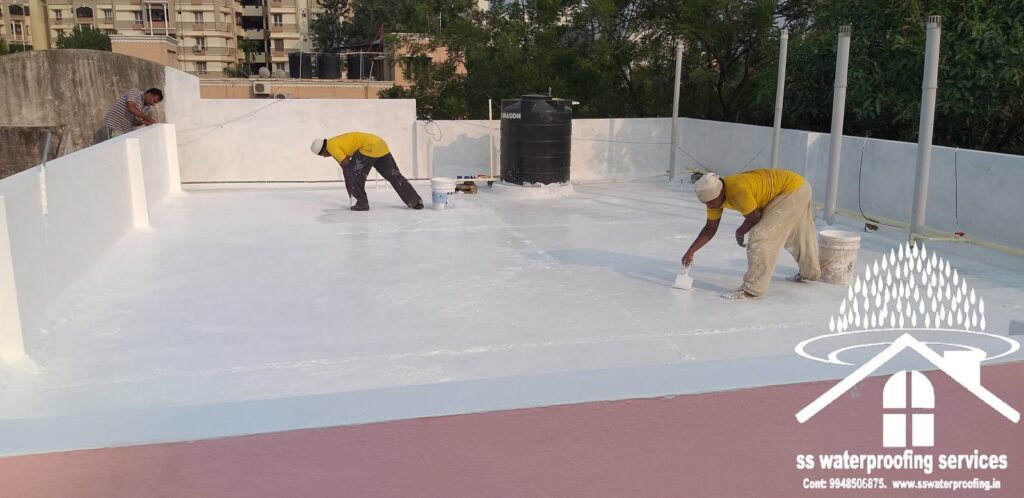Torch on waterproofing is a common technique in the field of waterproofing. It refers to an APP-modified elastomeric bitumen membrane. These days, it is produced on an industrial scale by impregnating a waterproofing component into a particular non-woven spun bonded polyester reinforcing. The compound gains many technical traits as a result of this process. You will learn about the uses, application method, and application field of this system in this post. Learn more now.
The material is heated and calendered to shape, straighten, and form the sheets
Be aware that the membrane protects itself when it comes to self-defense. In actuality, it has been constructed so that it is sturdy enough to survive many hazards. High-quality colored slate chips are applied to the membrane’s top surface. Contrarily, the bottom surface has an additional layer of protection thanks to a specific sort of thermo-fusible polyolefin film coating.
Application Field
It has been employed in a variety of fields since it is a robust substance. In multi-layered waterproofing systems, torn-on exterior basement waterproofing near me is the greatest option for the top layer. It has membranes that work together for a variety of purposes.
The torn-on waterproofing technique can be used for general foundations, roofing, ground slabs, beneath floors, under tiles, or wall constructions. However, be careful not to use it for roof gardens as it could not be effective for this. However, it can be used on any kind of substrate, including membranes, insulation panels, wood, steel, masonry, and concrete, to mention a few. You can even use it while wearing strong protection in the same way.
It is a fantastic option for many climatic circumstances because of its excellent mechanical properties and thermodynamic stability. Additionally, it can be effective when you require protection from water. In actuality, a torch on waterproofing is intended to protect water as the name suggests.
Approach to Application
You can use the waterproofing compound with a hot air generator or torch-on system because it has exceptional thermoplastic qualities. Additionally, in some circumstances, you can apply it using mechanical fastenings or the appropriate kind of sealant.
Here, it’s crucial to keep in mind that using a membrane requires the appropriate weather. Only when you are certain that the substrate is prepared and clean should it be applied. Trenching along the foundation’s edge, rebuilding or installing new footing drains, and covering the entire structure with a waterproofing membrane are the only solutions that are completely effective.
There is a counterargument that the water table is too high and that the only option is to start from the outside. However, I can tell you that there are many instances in Seattle where that perception is accurate, and when the waterproofing and new footing drains are installed properly, the moisture from the crawlspace is permanently eliminated.
Applying the membrane when it is dirty or when the weather is unfavorable is not a smart idea. You don’t want to damage the membrane, after all.
Uses
It can be put to a variety of uses. Based on the user’s needs, a few sections of the application are listed below.
- Roof waterproofing for sloped or flat roofs
- Masonry cement, prefabricated concrete, and reinforced concrete waterproofing
- protection for wooden decks
- Additionally, for renovations
Advantages
Waterproofing using a torch has many benefits. It is remarkably stable throughout a range of temperatures. It also has many other benefits, like great strength, superior dimensional stability, and many others.
